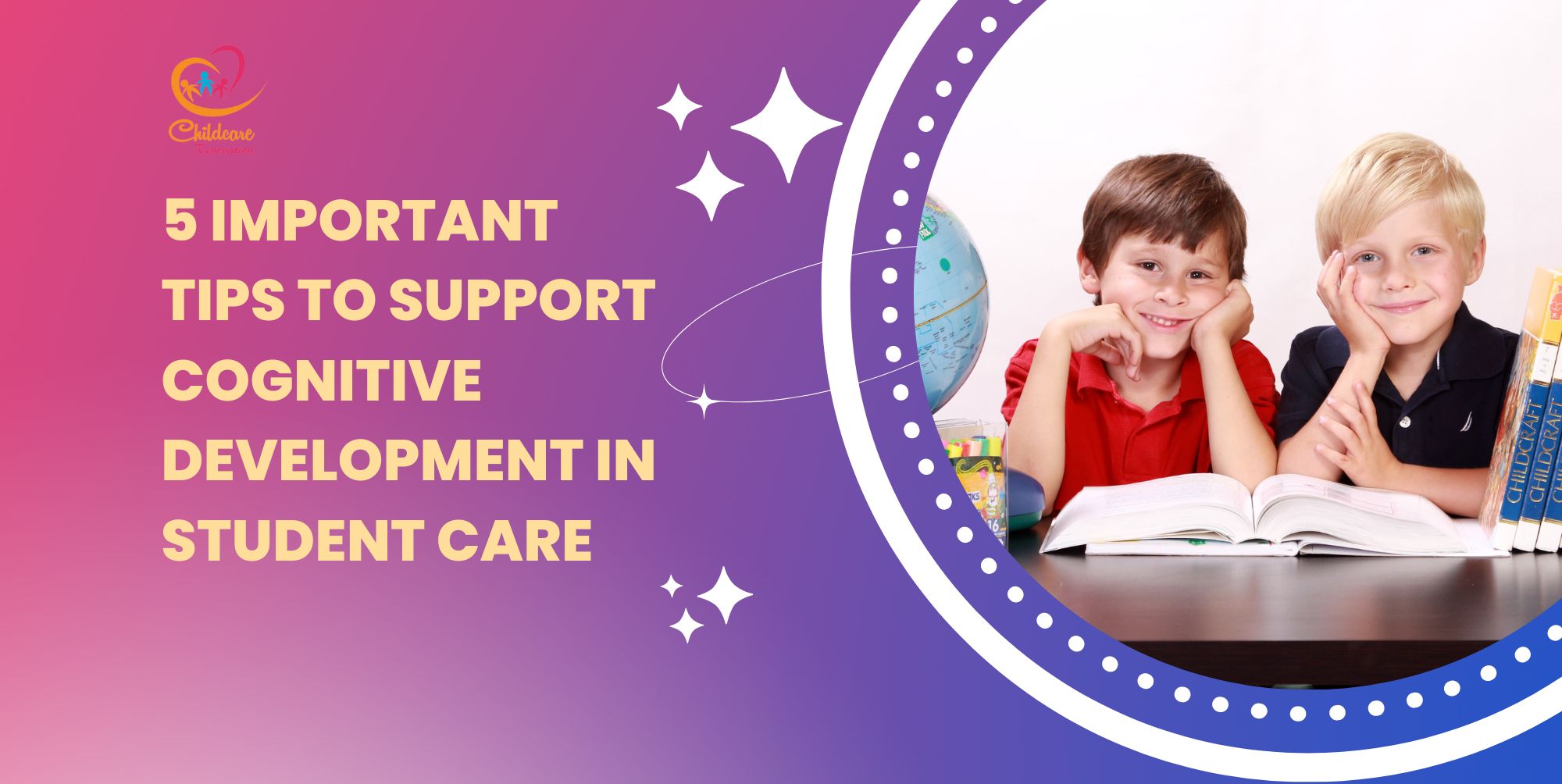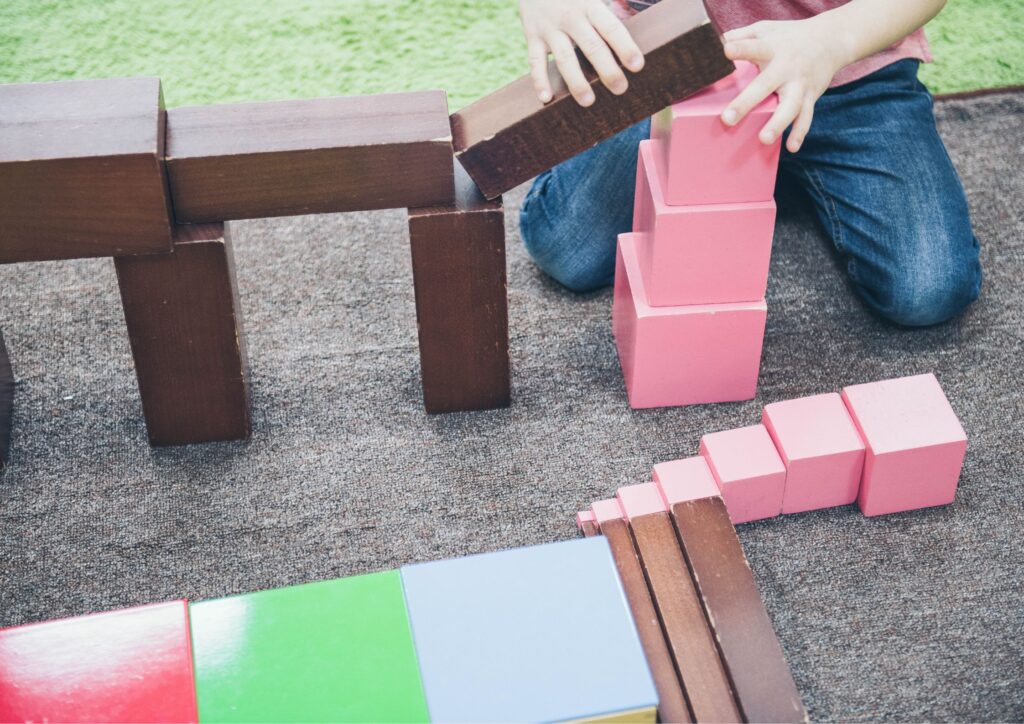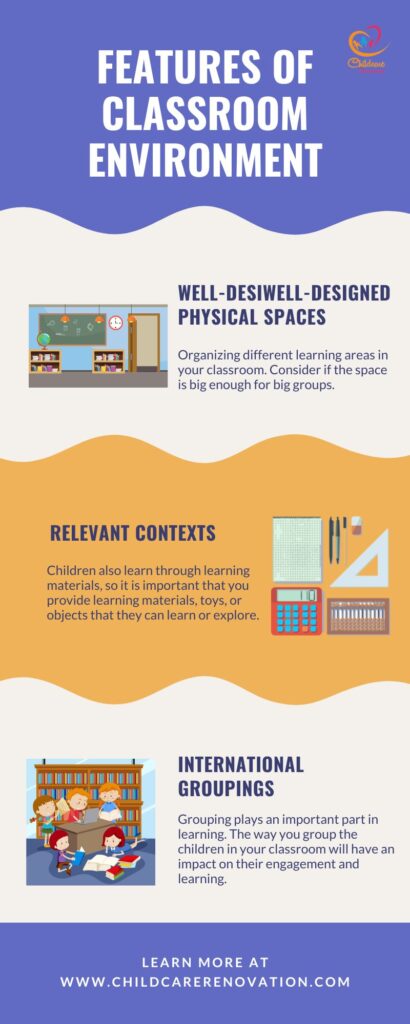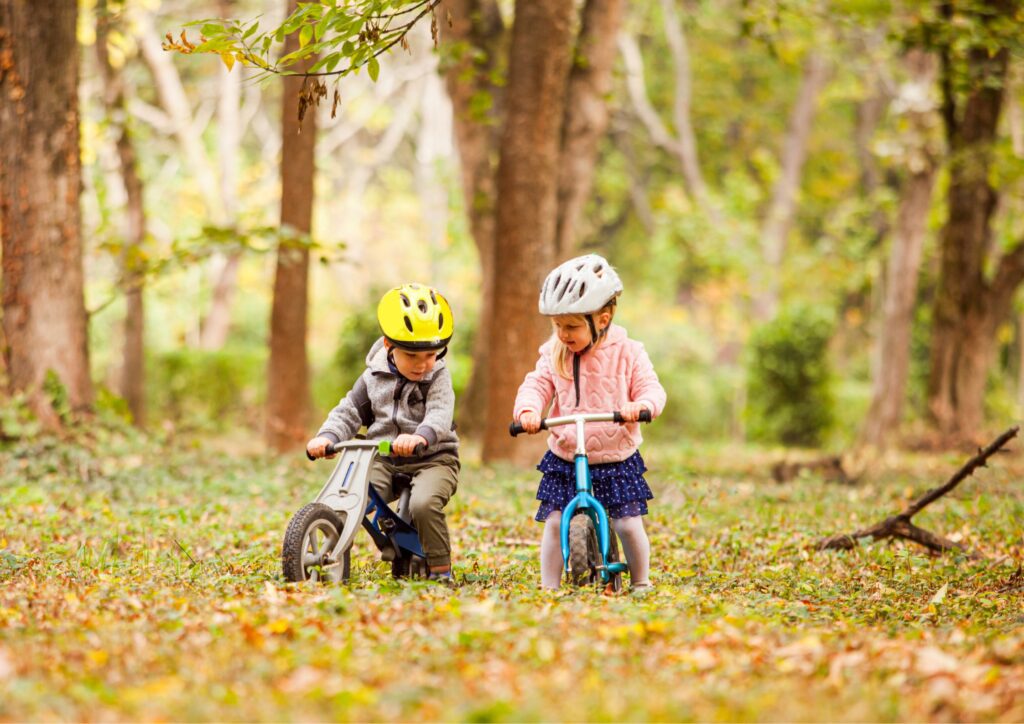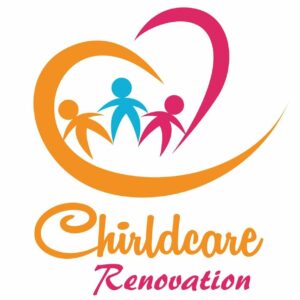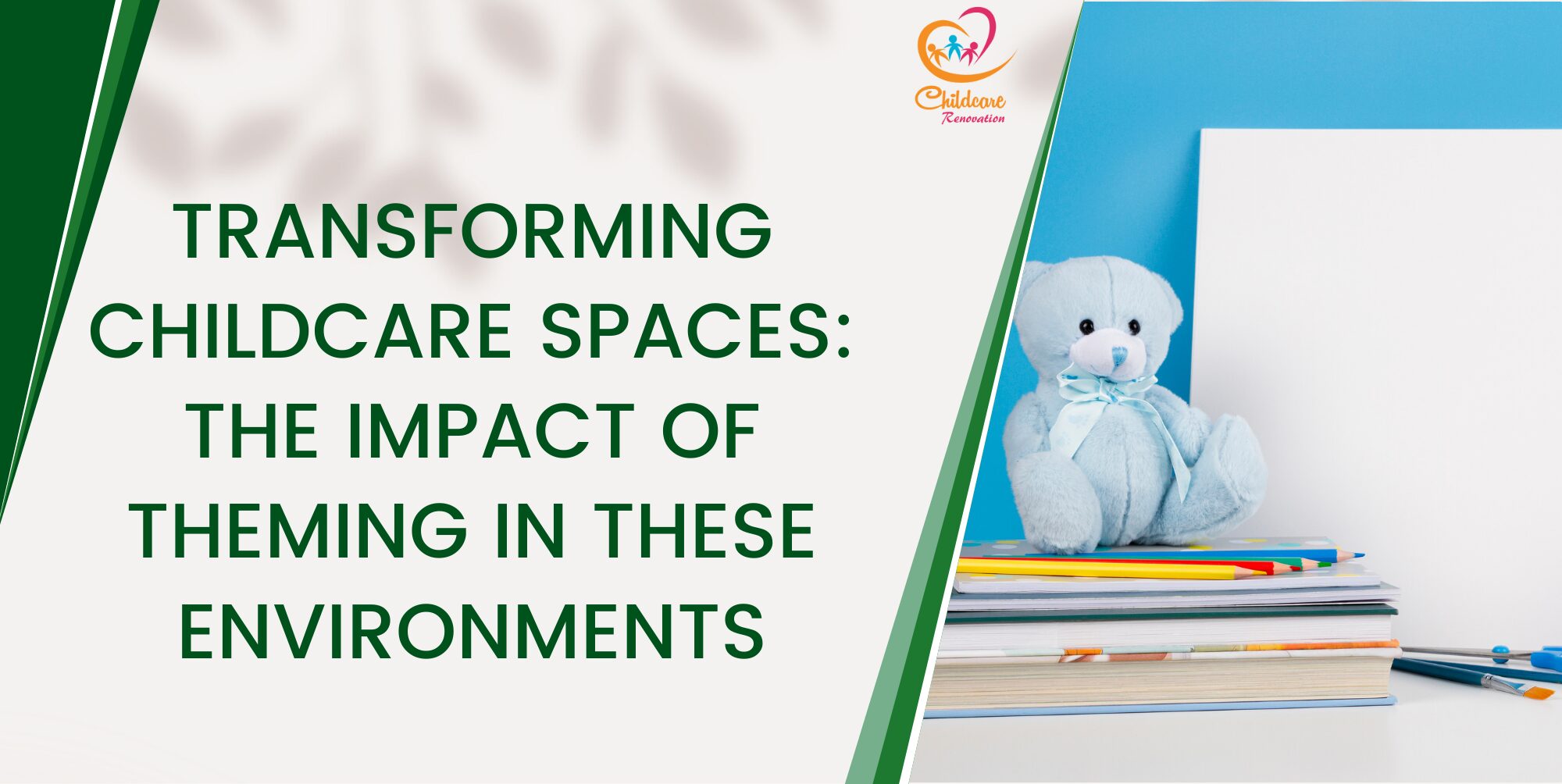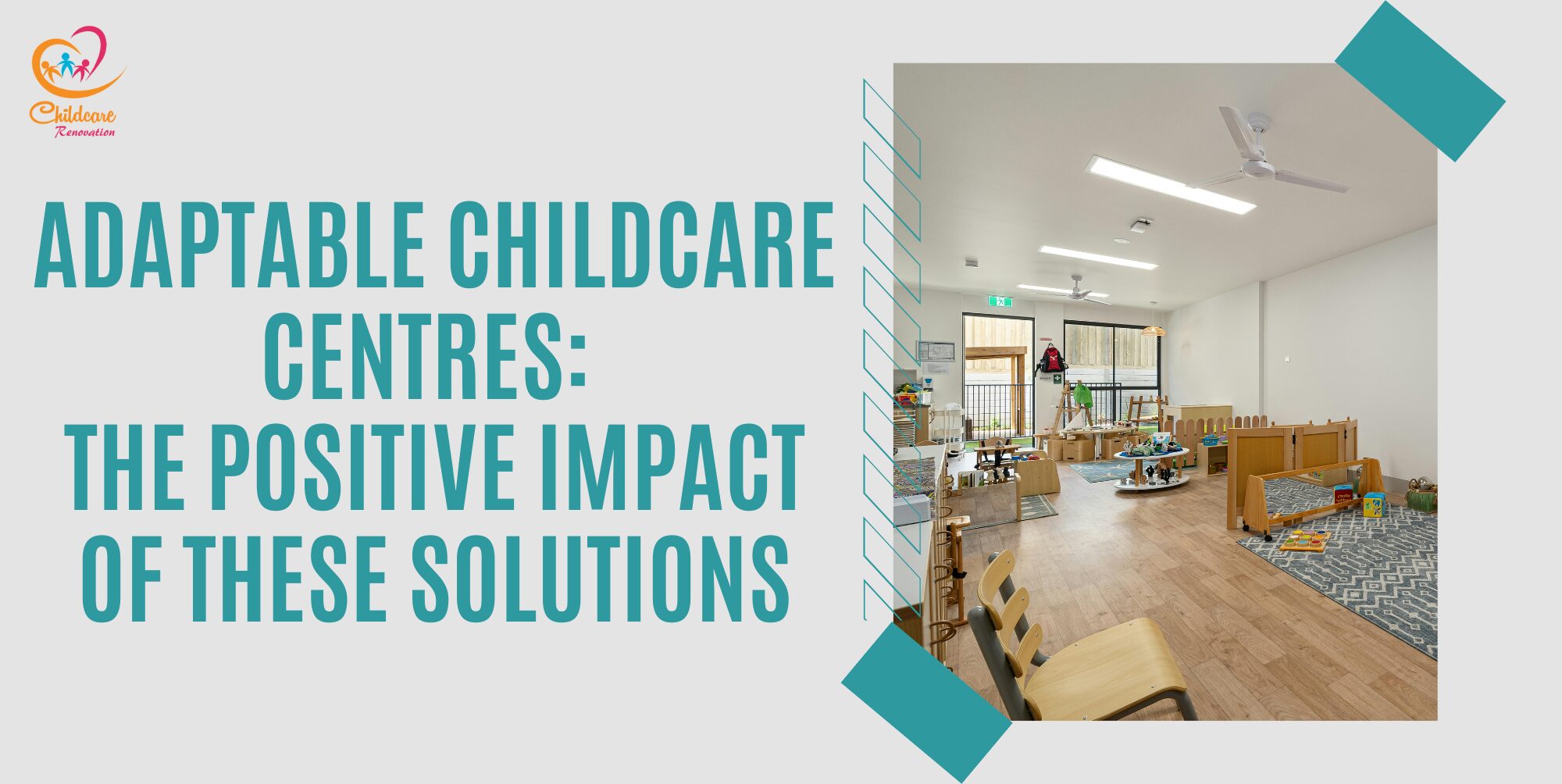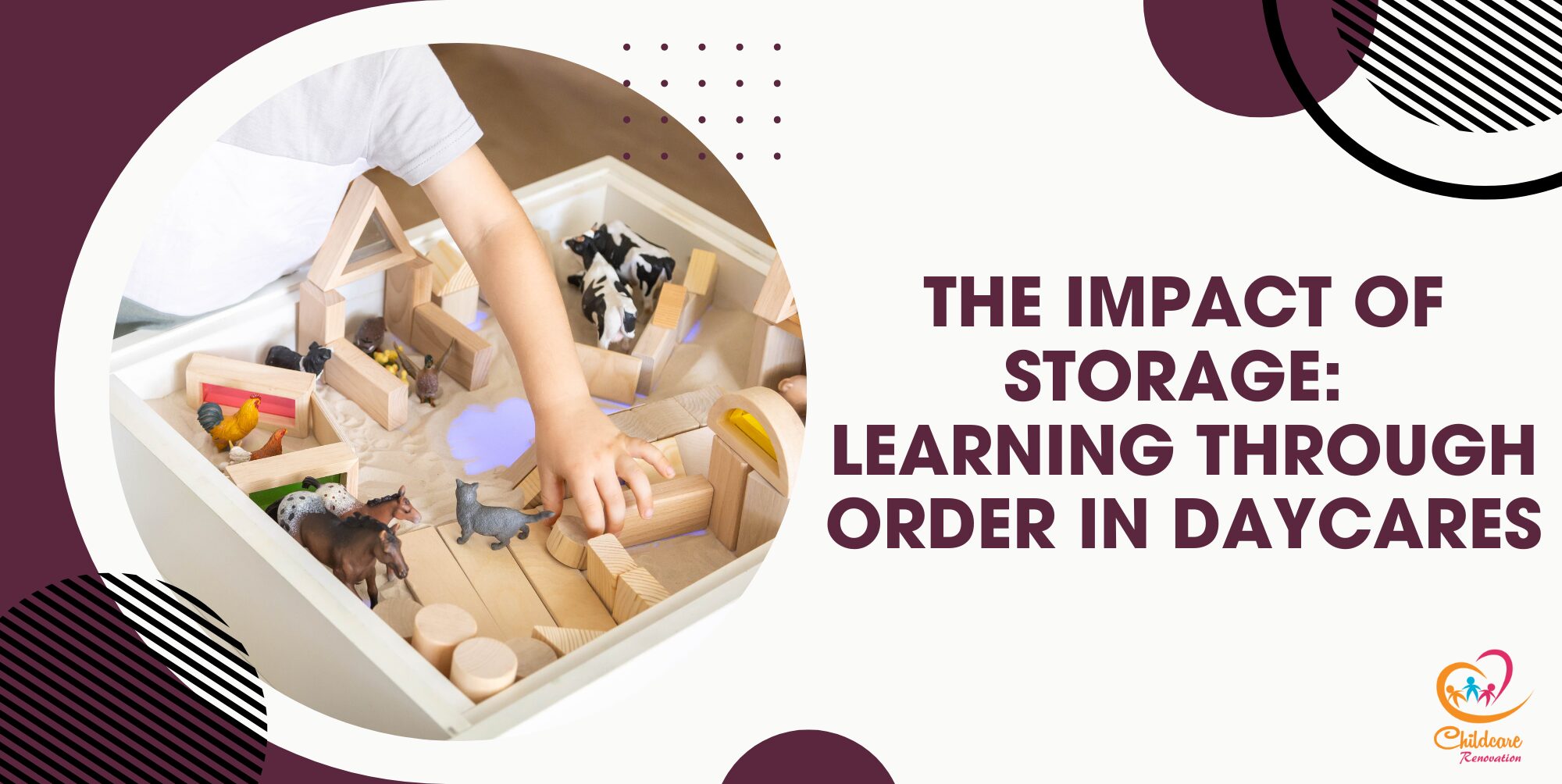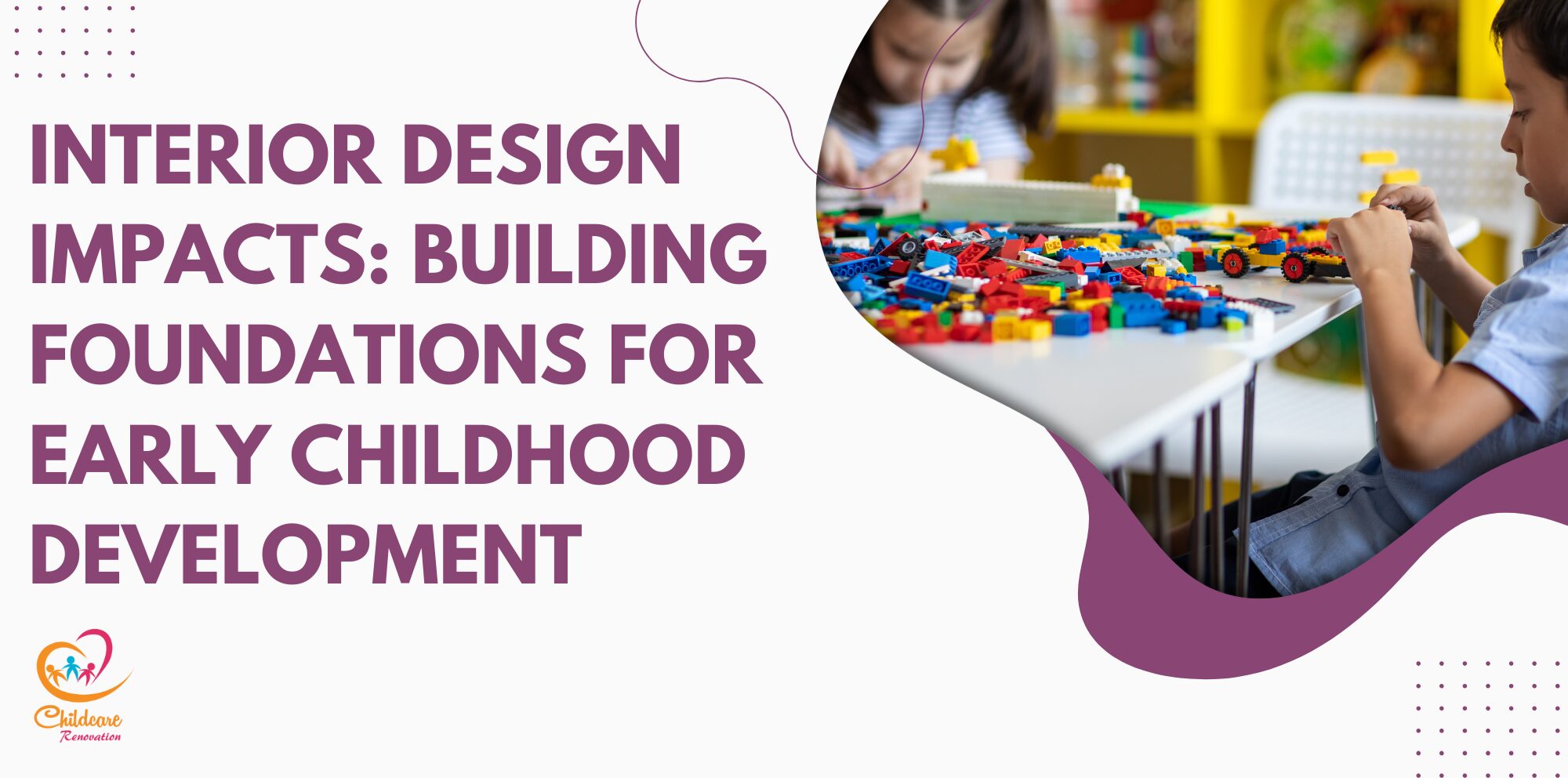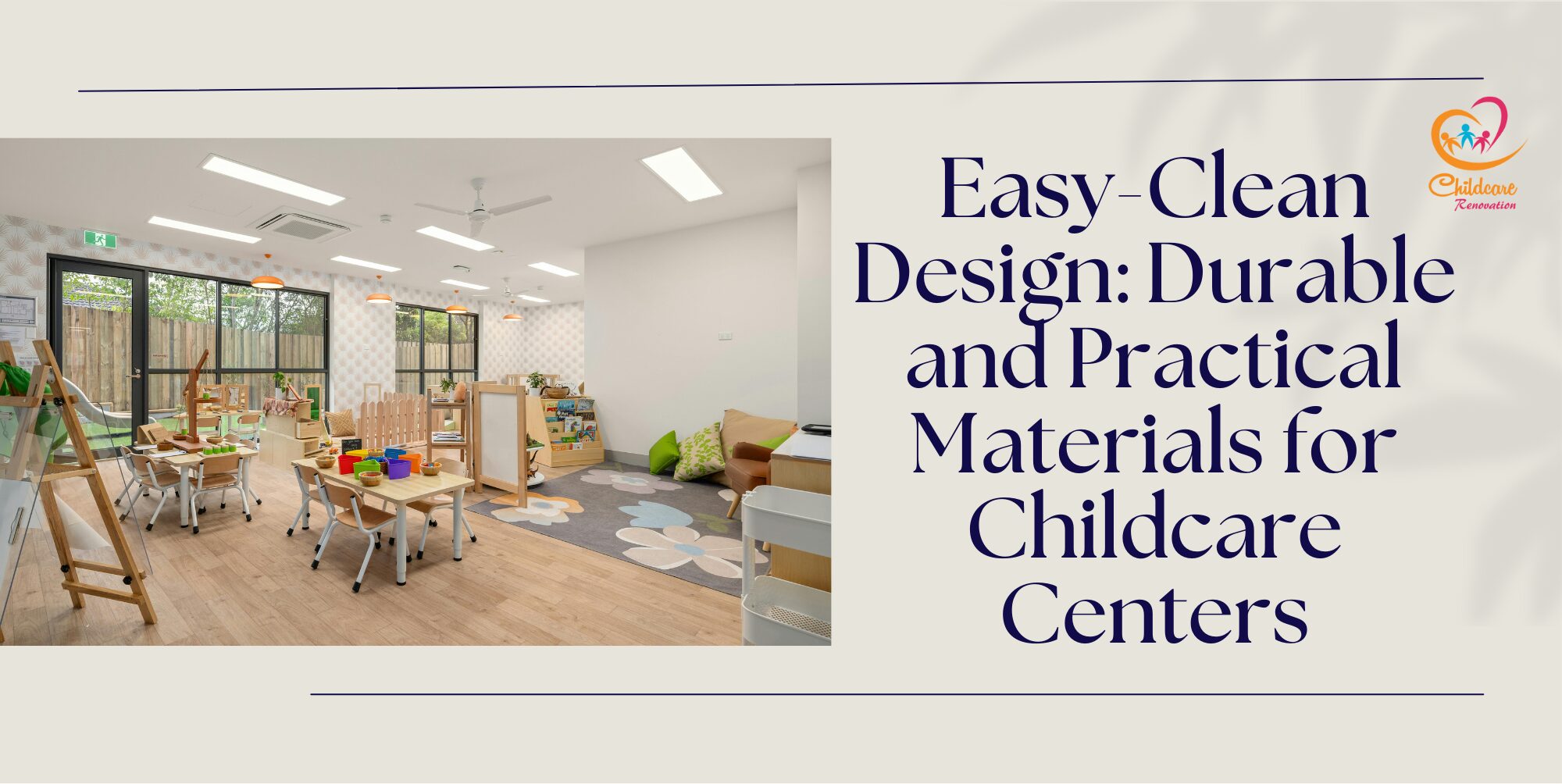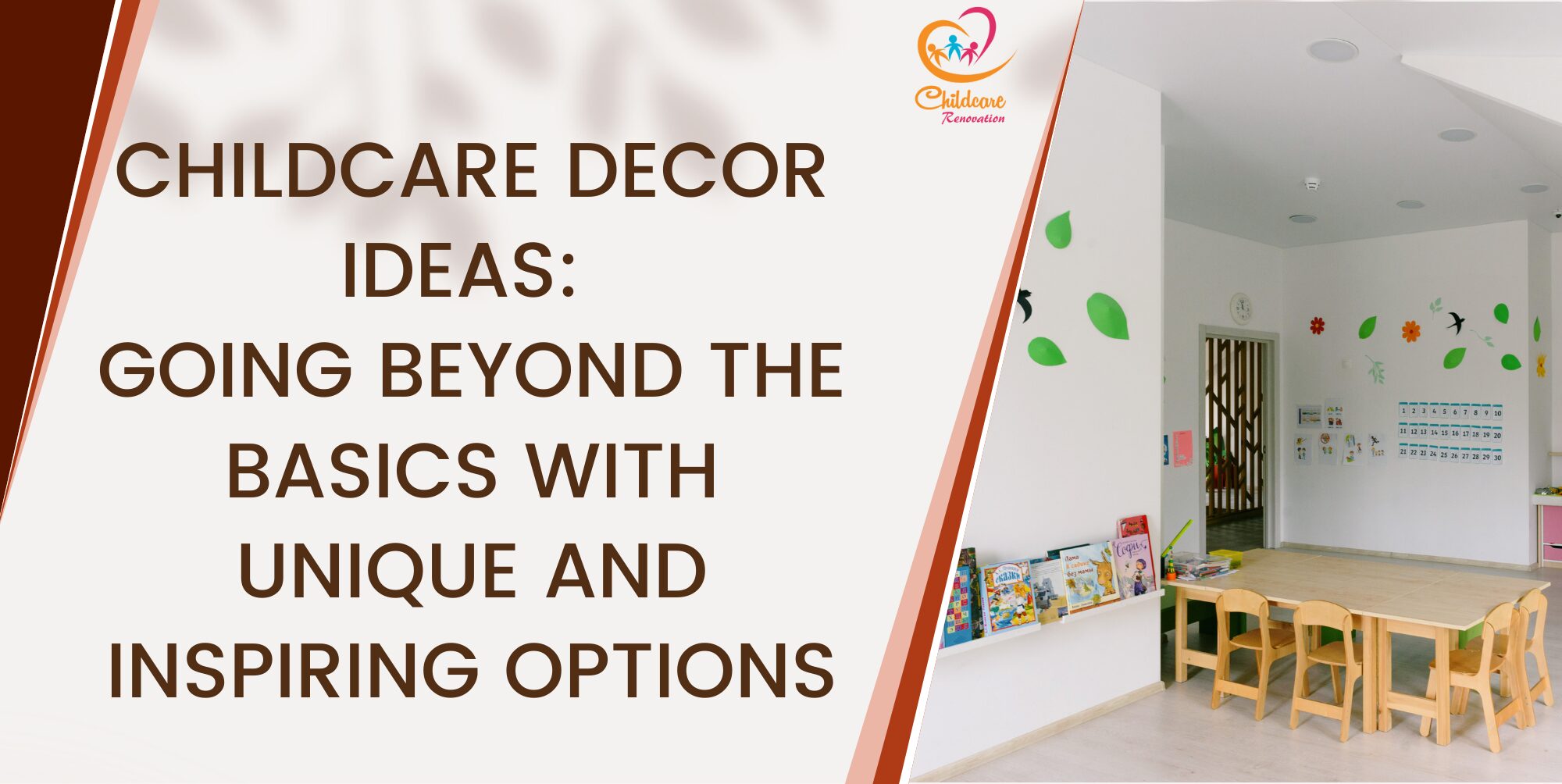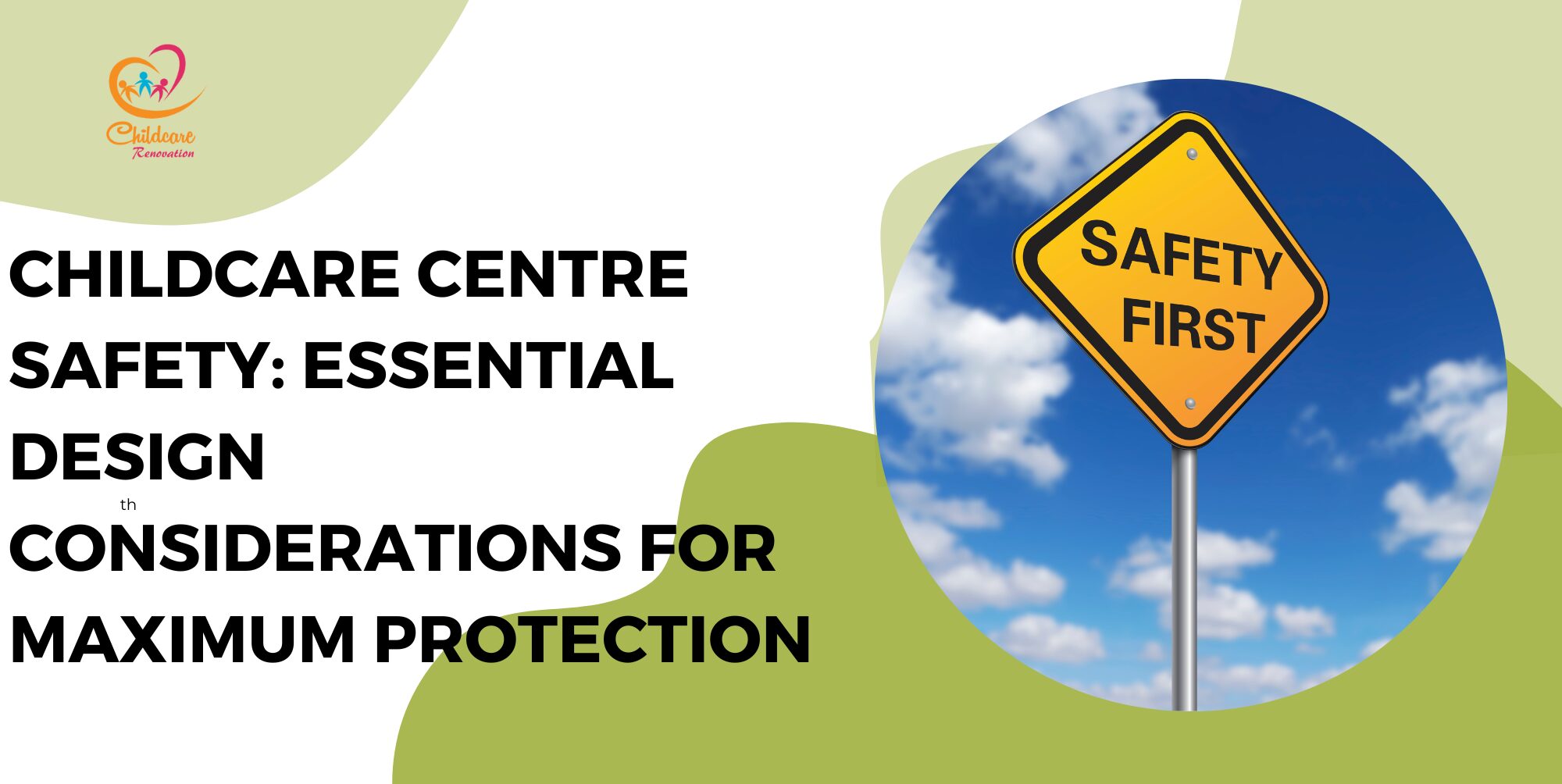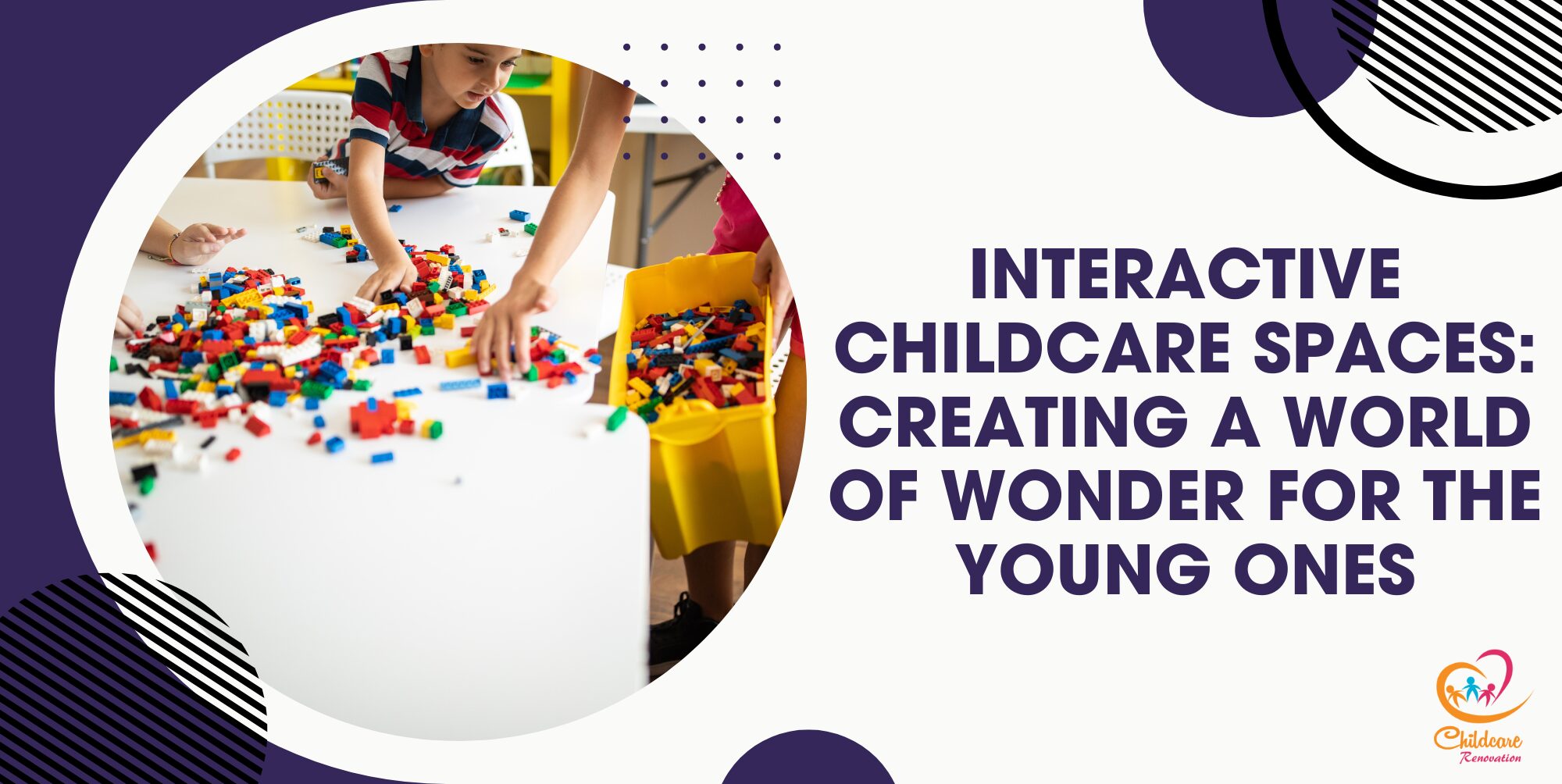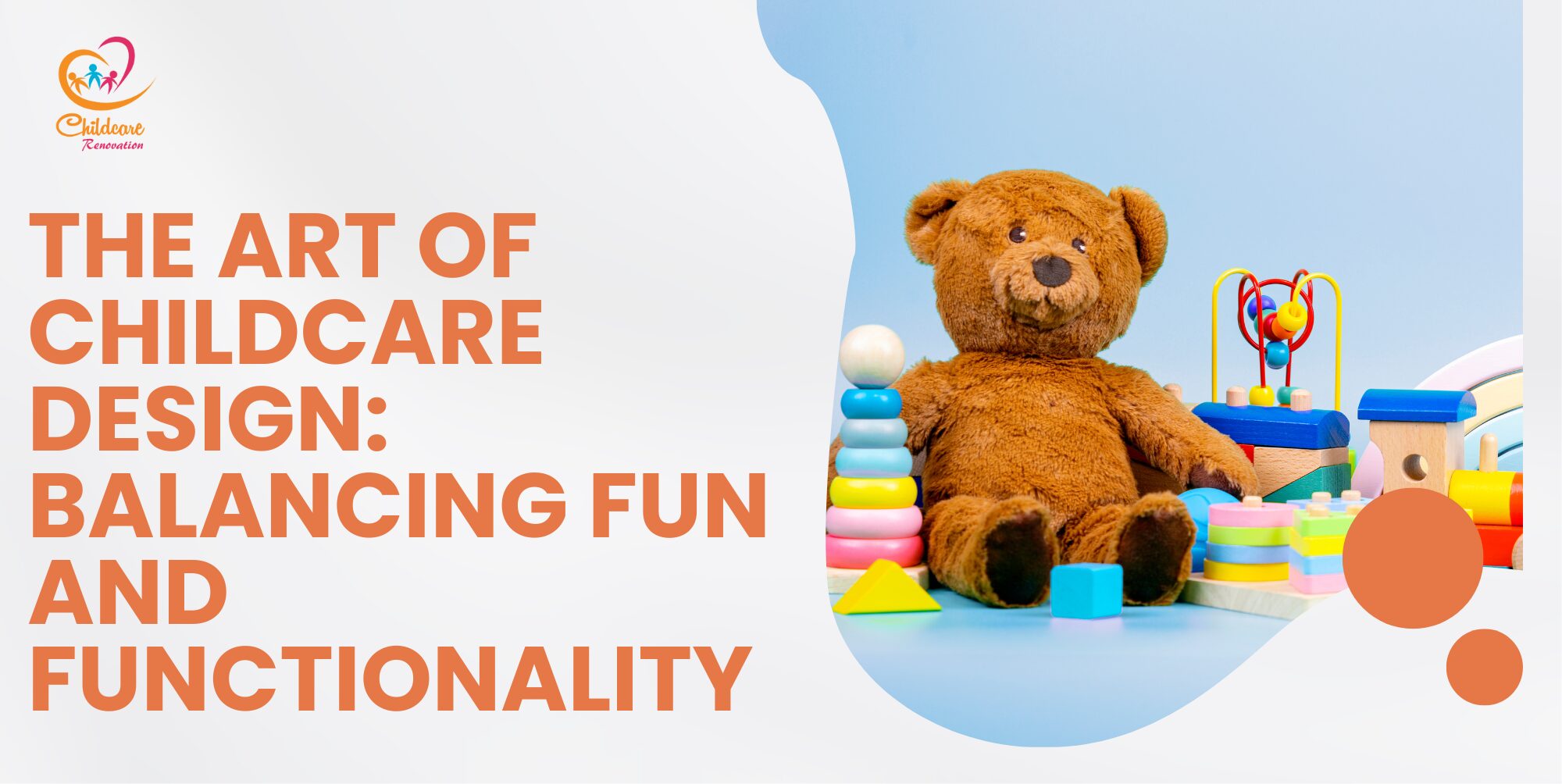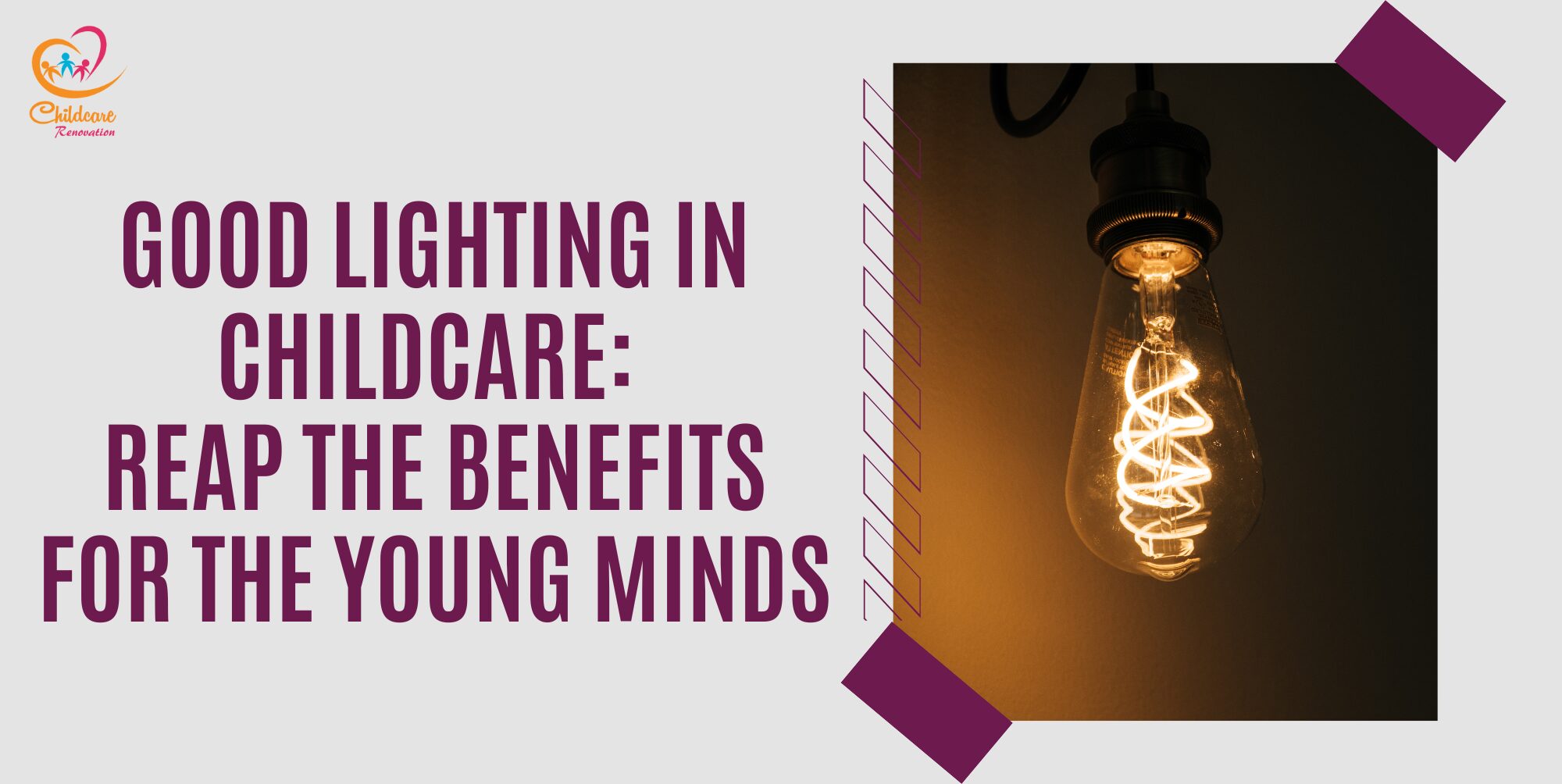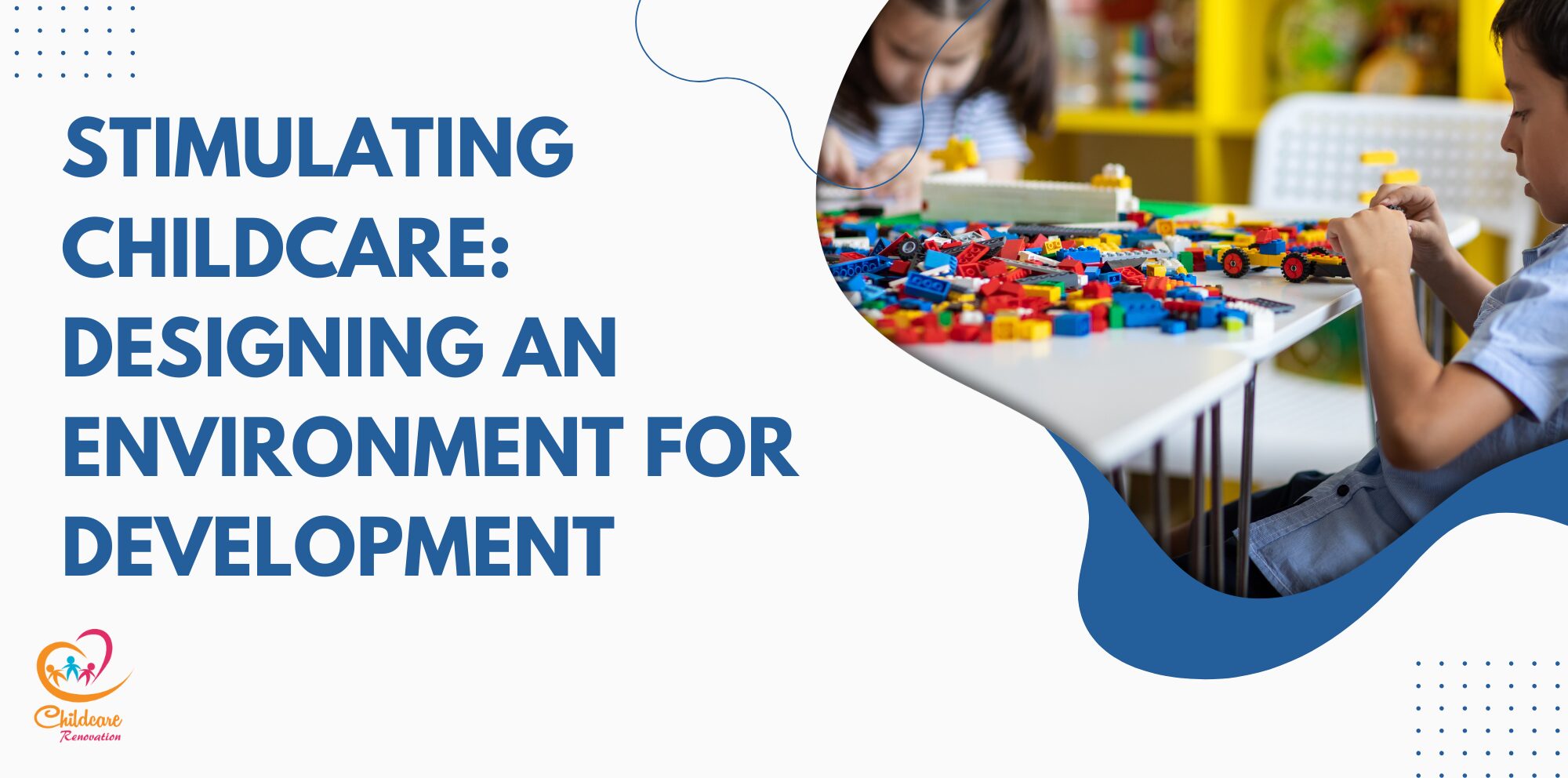Children in student care are also affected by their environment, just like adults. When they are in student care, it is important to ensure that the classrooms and other learning spaces can allow the children to feel welcome, secure, and ready to learn. The classroom should be able to support the children’s cognitive development, so it should be organized but flexible to adjust according to the children’s needs. It can maximize the children’s engagement and learning.
There is an approach called Reggio Emilia philosophy for teaching young children. The principle is developed through exploration and discovery in a supportive environment based on the children’s interests. In Reggio Emilia’s philosophy, the environment is known as the third teacher. It is important to support the cognitive development of children. The environment should be responsive to allow the teachers and children to create learning together and help to shape a child’s identity as a leader in their own life and the life of others. The learning space is about who is valued in a space, how to interact, and how to engage and participate with others.
We mentioned that the environment is the third teacher, so what about the first and second teachers? The child’s first teacher is the parents who guide them through their life. The second teacher is the caregiver within the classroom setting. The combination of the relationship with the parents, teachers, and the environment, can support a better space for cognitive development.
We will highlight the purpose of creating environments and choosing materials to support cognitive development in student care. This allows for facilitating children’s learning and growth.
Video Credit: Audioversity
Cognitive Development #1: Environments and Materials To Promote
Children are always curious about the things in nature and are natural explorers. You can help them to learn as they grow. When you want to facilitate children’s exploration and learning, you need to identify the children’s interests in your classroom. Then you can design your environment and find materials that can catch their interest. Finally, you can promote learning through experiences.
You need to remember that children learn through the environment around them in many ways. Exploration and discovery are important when you want to support children’s cognitive development. It would help if you planned programs to allow children to engage in activities that they can learn in multiple areas.
It is important how you facilitate and nurture active learning. Organizing your environment and materials can make a huge difference in their development. Consider the interest area in your classroom when you design it. The children will need to know what they can find in the classroom, what they can play in the space, and how they can explore and learn.
You need to ensure your learning environment provides opportunities for children to engage in the activities and interact with peers and adults throughout the day. You must carefully design the classroom layout, such as how are your learning centers set up. Can the materials catch the interest of the children? Can the children interact with their peers?
The classroom arrangement plays an important part in the children’s relationships and interactions. It can be challenging when you arrange it. So ask yourself if any of the arrangements in your classroom prevent the children from learning or interacting.
Cognitive Development #2: Features Of Classroom Environment
As we mentioned earlier, the environment plays an important part in supporting children’s cognitive development. Children learn much from the environment, but how can you create a classroom that supports cognitive development? Here are some features that you can take note of
Well-designed physical spaces: You will need to think about organizing different learning areas in your classroom. You will need to consider if the space is big enough for large group work. You don’t need a big space if the learning area is for small group or individual work. You can use furniture to create boundaries or facilitate children’s movement in the room. At the same time, you need to consider if you are able to monitor the children.
Relevant contexts: Children also learn through learning materials, so it is important that you provide learning materials, toys, or objects that they can learn or explore. The learning materials should be meaningful to support the children’s cognitive development. The learning materials should have learning goals for the children and be culturally relevant. They also should be interesting and fun to attract the children. They should also allow creative expression.
International groupings: Grouping plays an important part in learning. The way you group the children in your classroom will have an impact on their engagement and learning. You will need to consider how you want to group the children when doing group activities, such as the types of activities, children’s age, interests, and backgrounds. There may be other factors you want to take into consideration.
Cognitive Development #3: Promoting Exploration And Discovery
Children will come out with interesting ideas as they explore and discover their environment. Caretakers in student care should become co-explorers with children. They should help the children to keep discovering new things and provide them space, time, and freedom to explore and come out with interesting ideas. Adults should teach children about the value of exploration.
Discovery centers: Creating a discovery center in your student care allows children to explore materials independently. The best location for discovery centers is near natural light. The materials inside a discovery center should be organic. You can include tools such as magnifying glasses, screwdrivers, tweezers, and balance scales. Consider having a class pet in your discovery center. Provide some writing materials to allow children to record what they have observed.
Investigation: Young children will explore the environment whenever they have a chance. Investigation allows children to use research to answer interesting questions. You can choose a topic you can find in your environment and allow children to engage in the activities, such as bringing them around to investigate the environment. You can use real-life items to build up their interest.
Your student care needs to support cognitive development since children absorb very fast at a young age and are more curious about everything. You will want to set up an environment suitable for them to learn.
Speak with The Experts
Planning to get started at your kindergarten but have no idea about it?
Childcare Center Renovation Singapore is a reliable company for renovation and interior design. They have about ten years of experience in this field and have a good reputation among customers.
Call us now to get your desired kindergarten design ideas now!

